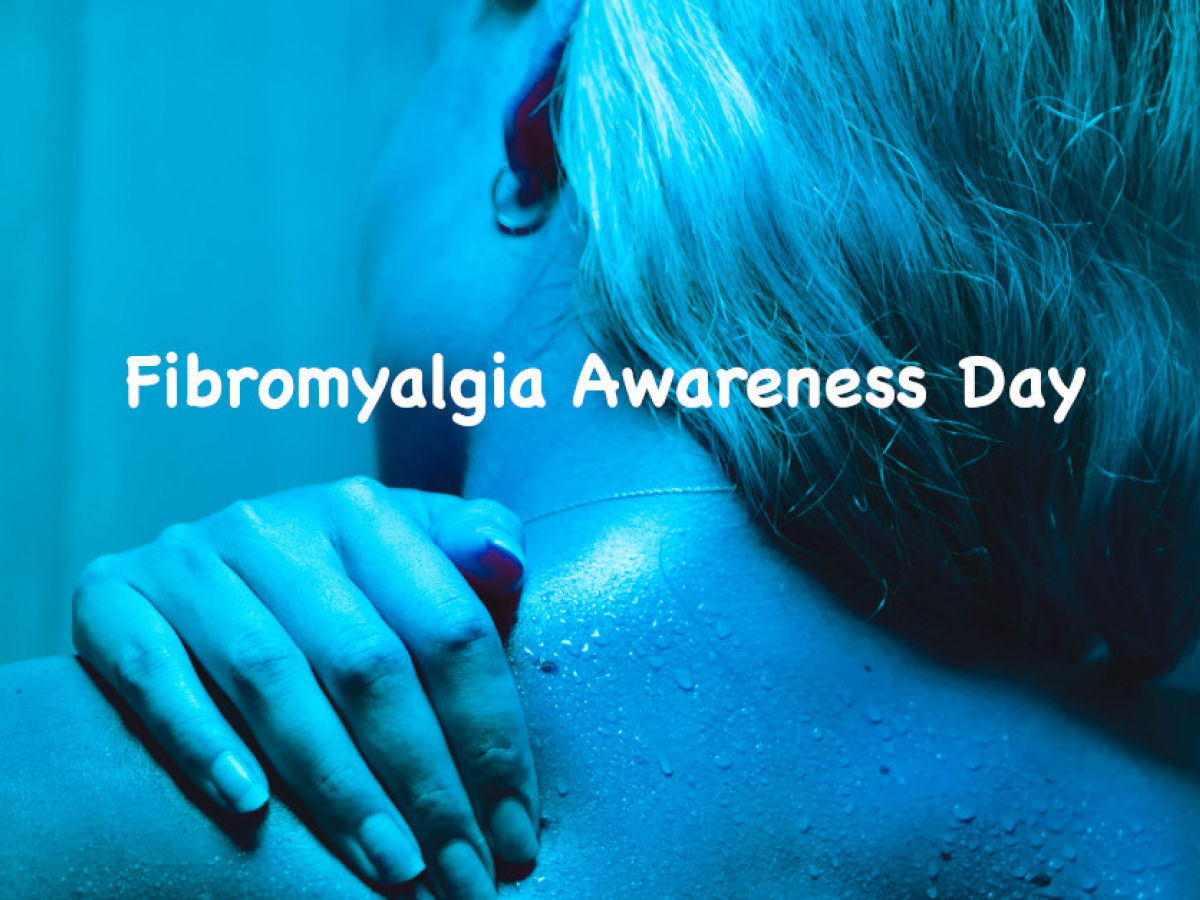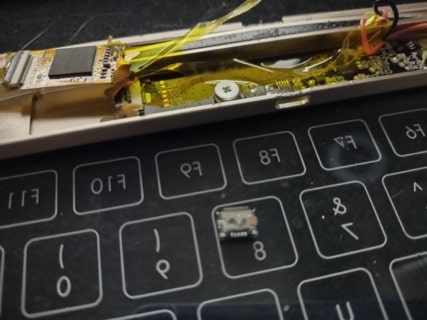Today is Fibromyalgia Awareness Day – Britta’s Story
Today is Fibromyalgia Awareness Day and our very own Britta Offergeld has kindly agreed to share her story with this painful condition. Her’s is a personal story that just might help you remember to be mindful when designing your digital interface.

Fibromyalgia causes widespread musculoskeletal pain often accompanied by fatigue, sleep, memory and mood issues. Researchers believe that fibromyalgia amplifies painful sensations by affecting the way the brain and spinal cord process painful and nonpainful signals.
From a digital accessibility perspective fibromyalgia can impact on keyboard use and attention. Increased pain in hands means that keyboard use can become debilitating and fatigue can result in poor concentration and cognitive impairment.
Today is Fibromyalgia Awareness Day and our very own Britta Offergeld has kindly agreed to share her story with this painful condition. Her’s is a personal story that just might help you remember to be mindful when designing your digital interface. Today is an opportunity to think about people who have hidden access needs that cause pain and frustration every day.
I have been living with Fibromyalgia since 2005/2006. I didn’t know what exactly was wrong with me initially, because like so many with this condition, it was misdiagnosed right from the start.
I was subjected to tender point testing (which has been debunked as a method for diagnosing pain, let alone chronic pain) by a government agency doctor, who basically wrote a report misdiagnosing me and hinting that I was making it all up anyway.
That nasty instance of gas lighting set me on the path towards trying to find my own solutions and diagnosis. This took me years. And it set me on a path to shut up about my chronic pain and suffer in silence. If a doctor won’t believe me and essentially calls me a liar, what’s the point, no one else will ever believe me.

Looking back, that experience made me mistrust health professionals and mistrust people in general about disclosing my condition to them. Basically, I have to live with chronic pain every day. There is no cure. And I feel I have to get over it, move on and make the best of life.
And I do. I use assistive technology for work, and people who know me put it down to my general “love of technology.” Little do they know I would be in immense amounts of pain without that assistive tech.
I use a glass keyboard, or an ipad keyboard remoted into a PC and a wacom tablet and pen instead of a mouse. This reduces the pain I experience if I use a normal keyboard for any length of time. It’s pressure and bending that hurts, same with my knees, but luckily I don’t have to put pressure on my knees all day. :)
I have 2 of each of those pieces of technology, because when one breaks, I might have to scour the earth for a replacement, so having 2 of each buys me time to look for replacements. Tech items don’t just go out of stock, they stop being manufactured altogether. It’s quite frightening to not know what I can use in 5 years time.

I still haven’t found a replacement for my Bastron glass keyboard which finally broke after 5 years on 15 April 2021 (but hey I am using the backup one, so I am Ok for now!). But only until that one breaks ….
I am extremely anxious about finding a replacement before my backup one fails. Due to COVID, they are all sold out everywhere. I may have to switch to another model keyboard altogether, which comes with risking that it won’t be as responsive, and I may have to relearn the new keyboard positions (muscle memory).…. The nightmare of relying on assistive technology that isn’t readily available in New Zealand is real.
However, I need to acknowledge the immense amounts of privilege that I have, in me being able to afford to buy 2 of each assistive Tech item. This is not the case for many people living with disabilities in NZ.
Open Plan Office environments have been particularly prohibitive in the use of assistive tech for me over the years. Everything from “sorry you must fit the one size fits all Tech mold here exactly because security”, to “don’t disturb the morgue like environment we have fostered here, by talking to your computer” – modern workplaces are way less progressive and futuristic than their fancy marketing brochures would have you believe.
Working from home since November 2020 has been a life changer, as it has for many other people living with disabilities. It has allowed me to use the alternative methods of working that a normal office just simply won’t accept. I can talk to my computer six hours a day at home, like I said, working from home has changed my life. I dread having to go back to a traditional “one tech to rule them all” keyboard only, shhhhushhh, office.
I am unfortunately not a One Size Tech Fits All person.
Having chronic pain means constantly navigating and negotiating other people’s expectations of me and quite frequently being on the wrong side of not being able to explain why.
No, I can’t work 60+ hours ongoingly (because the pain would increase and keep me awake for nights on end).
Yes, I do need to go to bed tonight at 8 pm (I am tired and 12 hours sleep might not fix this tiredness, but I have to try anyway).
No, I am not upset with you (I am in a lot of pain right now and I know you can’t relate to this).
Fibromyalgia is a very strange condition to have, I am still learning new ways to live with it, and I hope this has given you a tiny bit of insight into what it is like, for me.
